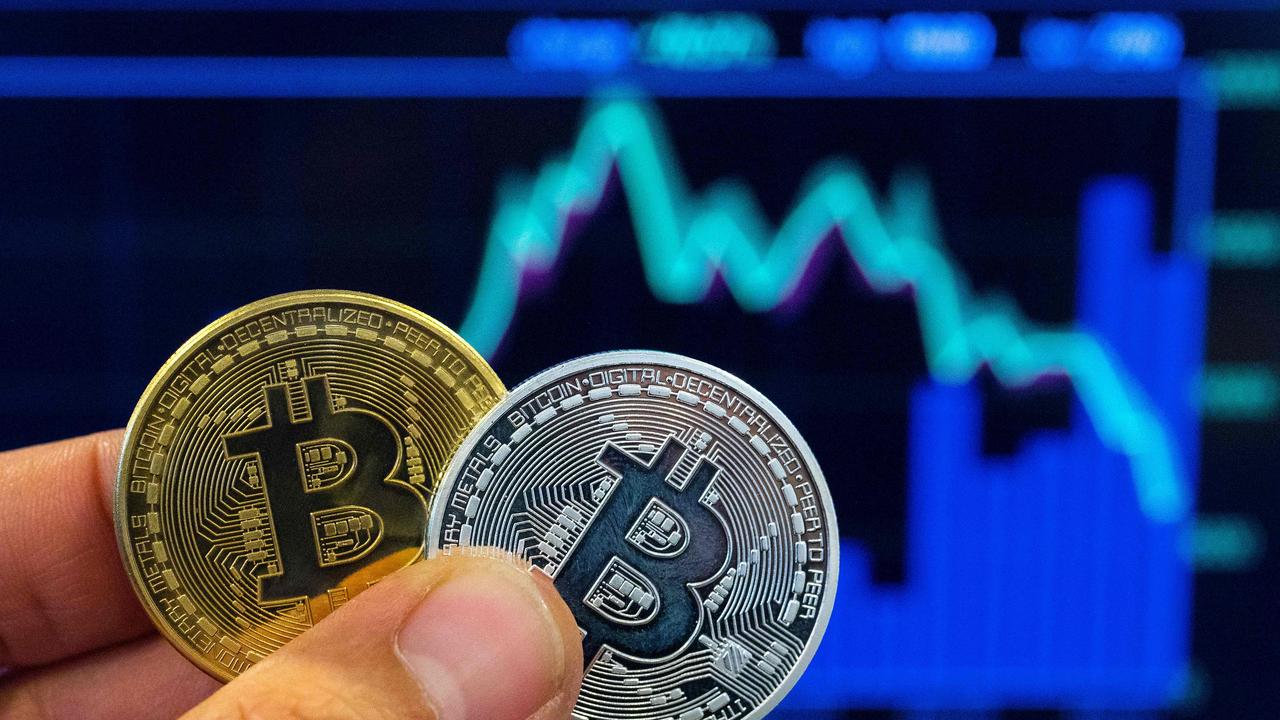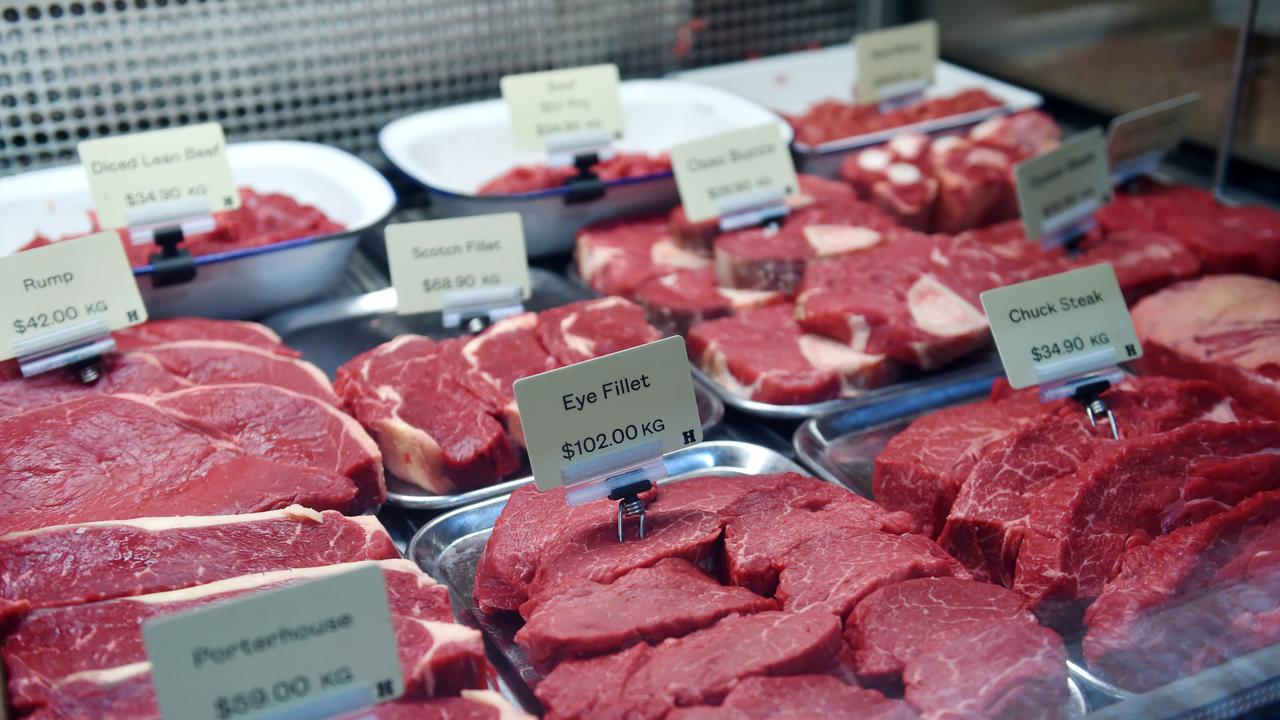The six potential flashpoints between Donald Trump and China
DONALD Trump’s controversial phone call to the Taiwan president is just one of six issues that could become flashpoints between the US and China.
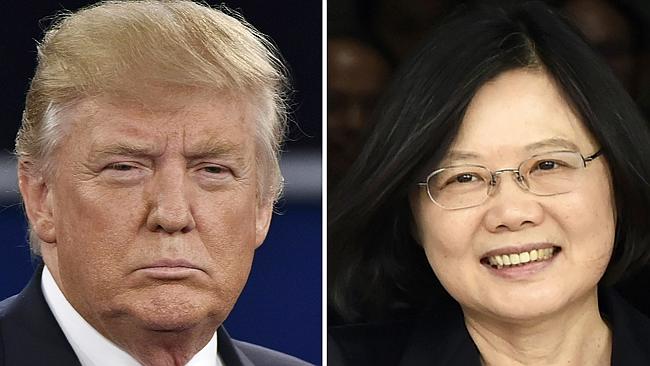
DONALD Trump’s unprecedented phone conversation with Taiwan’s president and tweets criticising China point to the possibility of major friction between the world’s two largest economies.
Mr Trump’s talk with Tsai Ing-wen diverged sharply from US practice since Washington switched diplomatic relations from Taipei to Beijing in 1979.
Especially noteworthy were his direct reference to Tsai as “president” and to US arms sales to Taiwan — a practice that particularly infuriates Beijing.
That could dampen Chinese expectations that his election would benefit China through a less confrontational approach and reduced attention to the Asia Pacific region, where China sees itself as eventually supplanting the US as the dominant power.
Here are six areas that could develop into flashpoints.
THE ISSUE: TAIWAN
The sticking point: China and Taiwan split during a civil war in 1949 and China threatens to reunite with the island by force if necessary.
Although China grudgingly accepts unofficial ties with Taiwan, it objects vociferously to arms sales and any official recognition of the island’s government — both of which Mr Trump referenced in his tweets.
The possible impact: A leading Chinese scholar says Beijing will take a wait-and-see approach, but one possible response is to punish Taiwan, perhaps by further reducing its scope for participation in international organisations.
China has already cut off relations with Ms Tsai’s administration and reduced the number of Chinese tourists visiting the island.
Similar measures could follow, although how that would affect Trump’s approach remains an open question.
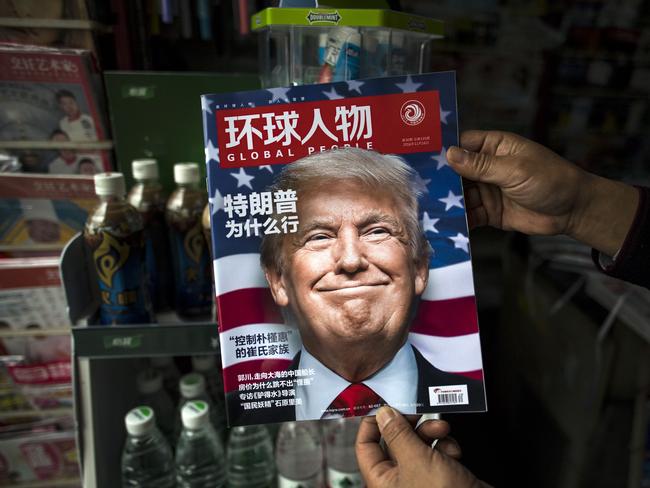
THE ISSUE: TRADE DISPUTES
The sticking point: In his tweets, Mr Trump accused China of currency manipulation and over-taxation of American imports — practices seen by some as exacerbating the US trade deficit with China, which rose to $367 billion last year.
During the election campaign, Mr Trump proposed a 45 per cent tariff on Chinese imports, something experts say could spark a trade war.
The possible impact: US businesses that complain of facing unfair barriers in the Chinese market could benefit if Mr Trump’s tough talk persuades Beijing to avoid confrontation by making concessions.
However, Beijing is equally likely to harden its position and impose retaliatory measures. A significant rise in US tariffs on Chinese imports, primarily inexpensive consumer goods, would also hurt lower-income Americans, the sort of people that voted for Trump in large numbers in the election.
THE ISSUE: NORTH KOREA
The sticking point: China is the hard-line communist regime’s biggest source of trade, aid and diplomatic support, something the US argues gives it unique leverage to press North Korea to end its nuclear and missile programs.
Beijing counters that its influence is overstated and strongly implies that Washington’s refusal to talk directly to North Korea is impeding progress toward a solution.
The possible impact: A sharp downturn in the US-China relationship could further reduce Beijing’s willingness to pressure North Korea through the imposition of United Nations Security Council sanctions, which it has so far reluctantly supported.
That could give North Korea more room to develop nuclear weapons, which it regards as a guarantee against US and South Korean aggression.
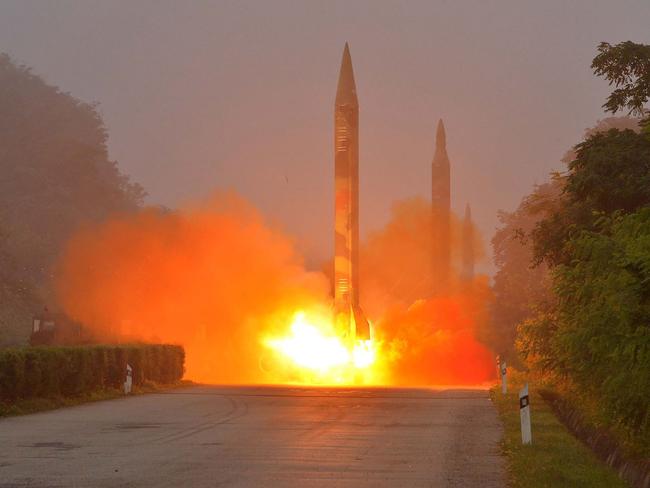
THE ISSUE: KOREAN PENINSULA MISSILE DEFENCE
The sticking point: China is adamantly opposed to South Korea’s deployment of a highly advanced US anti-missile system known as Terminal High Altitude Area Defence, or THAAD.
South Korea and the US say it is targeted only at a possible North Korean missile attack, not just on the Korean Peninsula but also on Japan and the US mainland.
However, China and Russia say THAAD threatens their security by allowing the US to peer deep into northeastern China and gives the US the ability to launch a pre-emptive first strike. The possible impact: As with North Korea in general, severe turbulence in US-China relations will erode China’s willingness to co-operate on pressuring the North into giving up its programs. Beijing already opposes any measures that could drive the North Korean regime to the brink, possibly sending refugees into China’s northeast and US and South Korean troops to its border. It could also add momentum to China and Russia’s budding alliance, stiffening opposition against the West in areas from Syria to arms control.
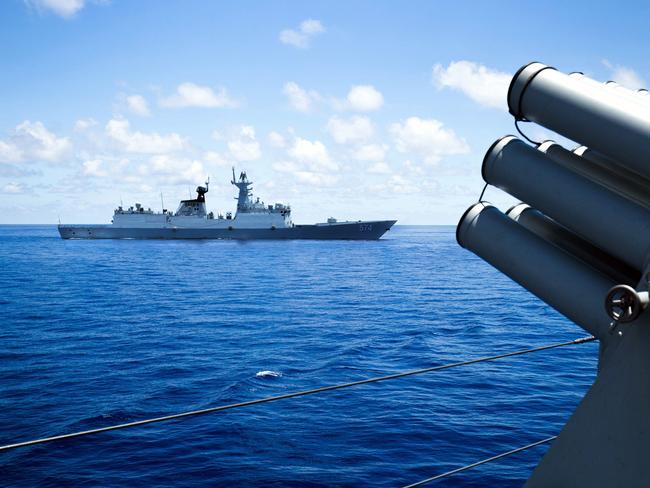
THE ISSUE: SOUTH CHINA SEA
The sticking point: China has been making major strides in asserting its claim to virtually the entire South China Sea, its islands and reefs, challenging the US Navy’s insistence on free navigation in the disputed, strategically vital waterbody.
Mr Trump raised the issue during the campaign and referred to China’s fortified man-made islands in his tweet, saying Beijing didn’t ask the US if it was OK to “build a massive military complex in the South China Sea.”
The possible impact: Experts, including retired US Navy officers, say China is committed to asserting control over the area and Mr Trump’s tough rhetoric — unless backed by action — may further its sense of mission.
China may move ahead with the long-anticipated step of announcing an air defence zone in the area that would require other countries to report to it and follow China’s instructions, presenting the US with yet another security challenge.
China could also take stronger action to assert its claims to uninhabited East China Sea islands controlled by Japan.
THE ISSUE: HUMAN RIGHTS
The sticking point: While Mr Trump has shown little interest in advocating civil liberties in China, past administrations have pushed the cases of imprisoned dissidents, called for respect for the rights of Muslim minorities in China’s far northwest, and urged dialogue between Beijing and exiled Tibetan leader the Dalai Lama.
Attempts to abandon such advocacy would face heated opposition both in Congress and from rights groups.
The possible impact: China’s growing economic and political clout has emboldened it in defying such pressure, a tendency that grows stronger when relations sour with the US and others. China is likely to become even less accommodating in cases such as blind legal activist Cheng Guangcheng, who was permitted to leave China with his family after taking refuge in the American Embassy in Beijing in 2012.


